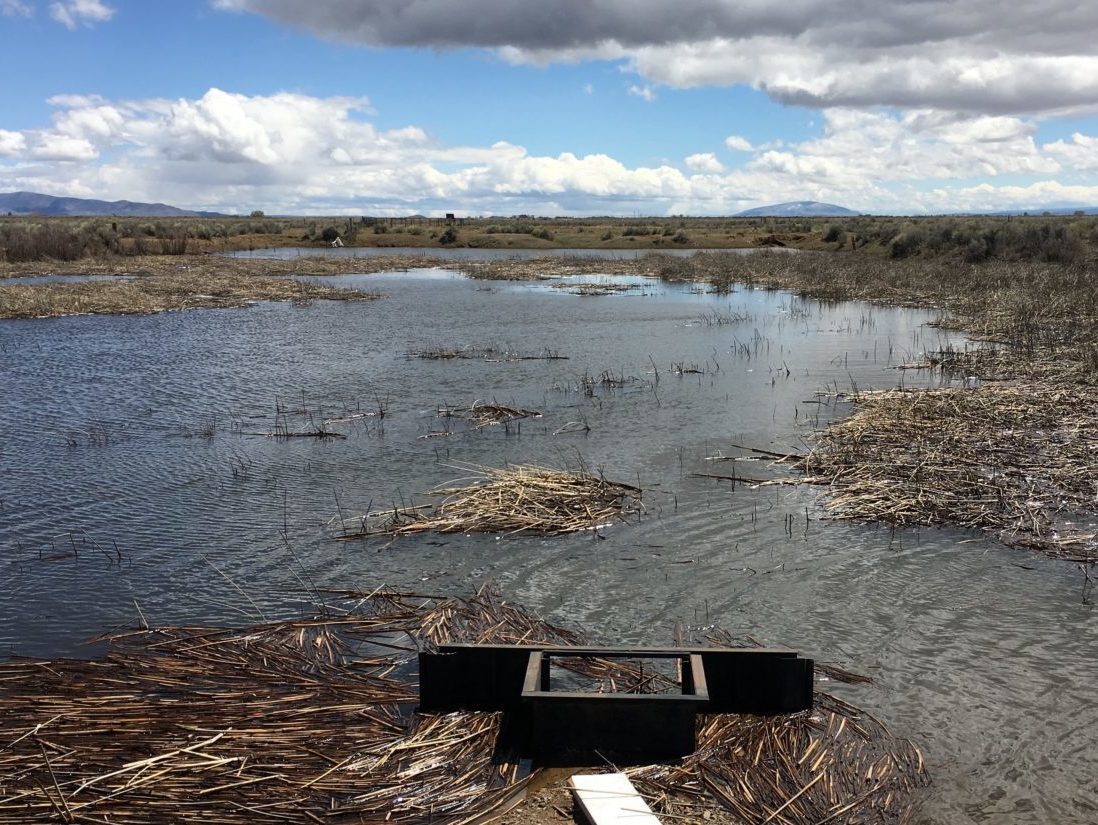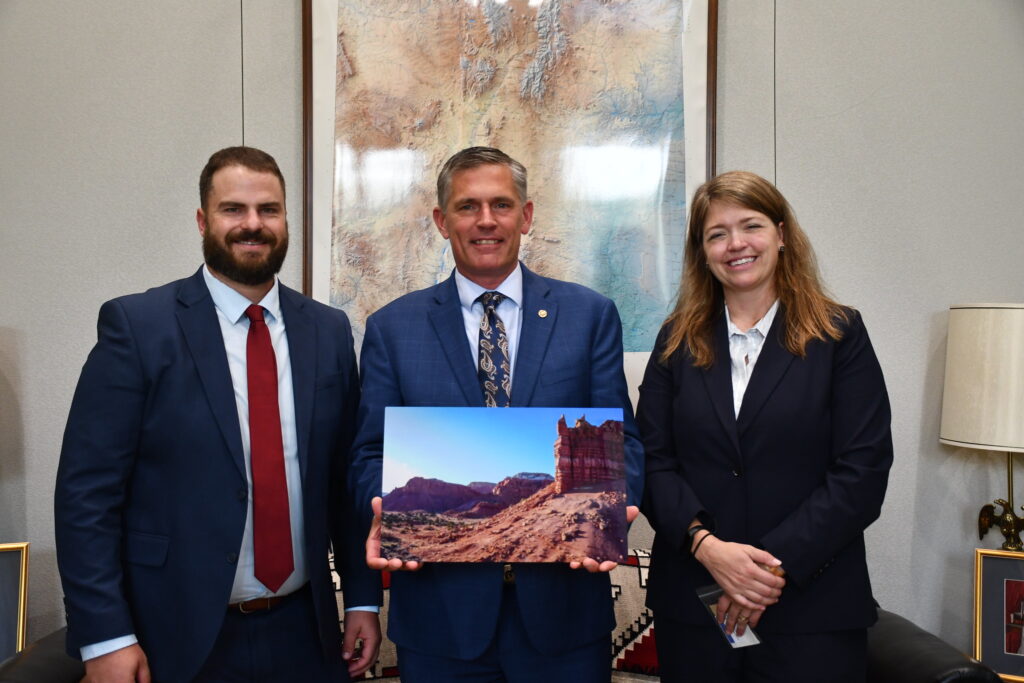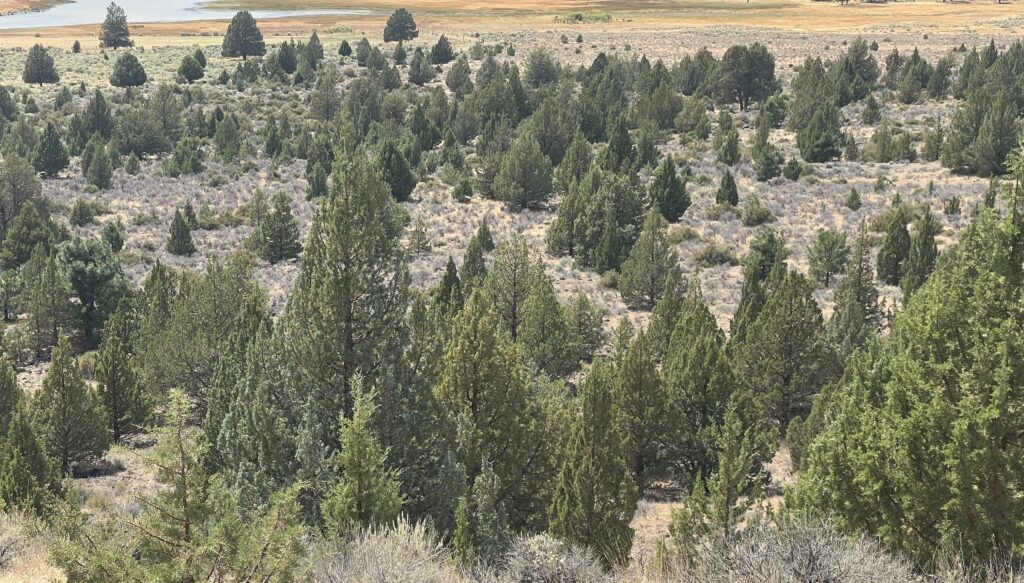This article is a partnership production of U.S. Fish and Wildlife Service’s Partners for Fish and Wildlife Program—Mountain-Prairie Region and Intermountain West Joint Venture. Click here to read all four stories in this series.
Spring thaw has arrived in the San Luis Valley in south-central Colorado. And, with it, comes thousands of waterbirds, migrating from their winter to summer ranges, ready to establish nesting sites for another generation of cinnamon teal, mallard, Wilson’s phalarope, and more. Once considered a waterfowl mecca, the San Luis Valley has experienced changes in land use and water availability that have reduced the amount of nesting and migratory habitat. Decreased precipitation, increased water usage, and declining aquifers have further complicated the issue. However, in 1970, a group of eight waterfowl hunters and conservation enthusiasts dubbed Eight High Ltd., took over management of 530 acres in Alamosa County with the goal of bringing the land back to its former glory.
“Conserving this area comes from wanting to leave a legacy for the future,” says Eight High Ltd. member Steven Deitemeyer, who points out that the club has owned the land for 50 years and is currently in its third generation of owners. “Not only for the waterfowl and wildlife on the property, but also for the families that are involved. The opportunity to manage, to understand how water and land come together, is what binds everybody together.”
But changing the layout and improving habitat wasn’t an easy task, which is why Eight High Ltd. collaborated with the U.S. Fish & Wildlife Service’s Partners for Fish and Wildlife (PFW) program —a program that they’ve been involved with since 1992. The goal of the PFW program is to partner with private landowners on a voluntary basis to restore and enhance habitat for Federal Trust Species while supporting working lands.
PFW provides technical and financial assistance, which is often leveraged with funding from other agencies, organizations and private landowners. Some of that financial assistance comes directly from Colorado Parks & Wildlife (CPW), which is unique since other states rarely have similar arrangements, says Brian Sullivan, CPW Wetlands Program Coordinator.
“Great Outdoors Colorado [state lottery] funding awarded to CPW back in 1997 enabled us to really scale up our wetland and riparian conservation work and expand our partnerships,” says Sullivan. “We now have an agreement where we provide funding to PFW on an annual basis. It really helps them expand the scale of their work and it’s been a great partnership.”
“We try to identify the roles and expertise of what each partner brings to the table,” says Brandon Miller, a local field biologist with the Colorado PFW program working in the Southwest and San Luis Valley focus areas. “That way we can leverage our technical abilities, financial assistance, contacts— whatever it may be to maximize our impact in the Valley.”
Miller works directly with Eight High Ltd. and coordinated their most recent project, which concentrated on enhancing a five-acre parcel of existing wetlands and working wet meadows. Miller designed new levees that follow contours of the land on both sides of an existing island. The addition of these levees and the installation of a flow-through water control structure allows Eight High Ltd. to move water, fluctuate water depths and manage for desirable vegetation structure and composition, while extending the upper limits of the wetland footprint.
Once dry, the wetland has now come back to life with the recent improvements, allowing native grasses, sedges, and forbs to flourish, which is beneficial to waterbirds and other wildlife that depend on this type of ecosystem. It’s also helpful to Kit Page, who leases the property from Eight High Ltd. for grazing. Page utilizes rest-rotation grazing to support native plant diversity, health, and vigor.
“Kit’s very supportive of this project,” says Jim Ficke, president of Eight High Ltd. “He’s both our lessee and our caretaker…he knows our land as well as we do and this project benefits him, too.”
Finding the “win-win balance between waterfowl habitat and grazing needs” was central to the project, says Miller. Because the landowners and rancher were on the same page, that balance was easily met with the added benefit of expanding the wetlands and increased livestock forage production.
In the eyes of Miller, Ficke, Deitemeyer and other members of Eight High Ltd., the project is a success thanks to the strong partnership between PFW and CPW. This partnership has also completed numerous other conservation projects involving installation and/or repair of flood irrigation infrastructure throughout the San Luis Valley.
“We get a tremendous display of sandhill cranes, waterfowl and shorebirds,” says Deitemeyer. “We also have a larger contingent of nesting birds that come and stay.”
During annual migrations, the majority of the Rocky Mountain population of sandhill cranes spends approximately 3 to 4 months in the San Luis Valley. Over the next few years, they plan to use walk-throughs, bird counts and photography to monitor the number of waterfowl using the area—both for stopover and nesting—and document vegetation change over time. As for future projects, Eight High Ltd. is already looking at other areas of their land to improve for waterfowl and other wildlife.
“I would encourage people who want to do similar projects to utilize the PFW program,” says Deitemeyer. “They’re great at bringing together partners and resources for private lands. Our experience is that you’ll find a shared motivation and interest and, then, be able to leave that legacy.”




